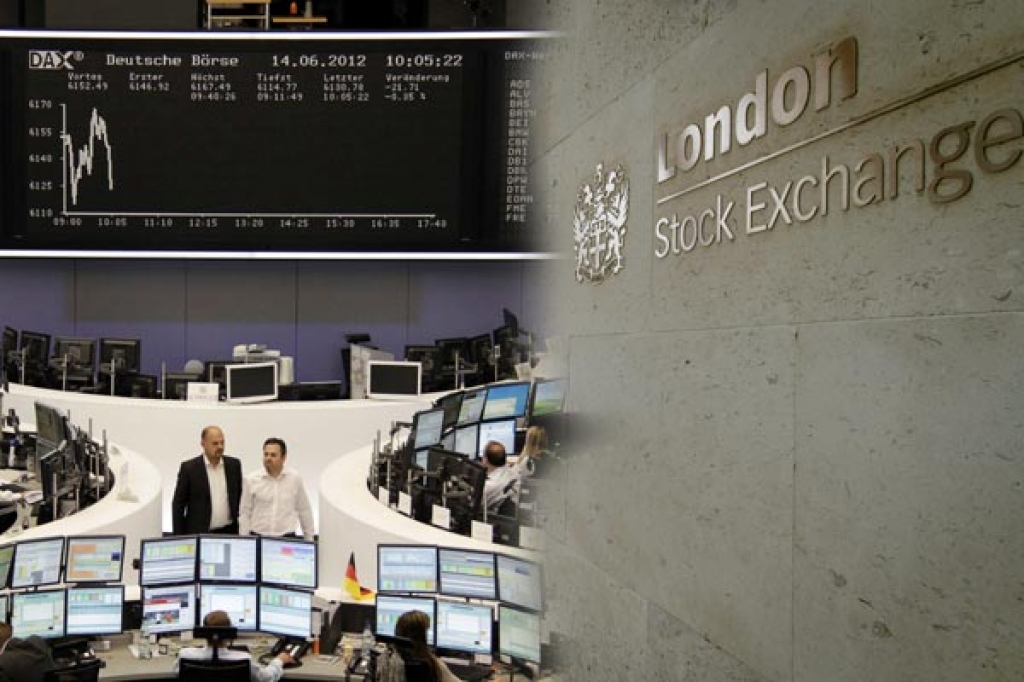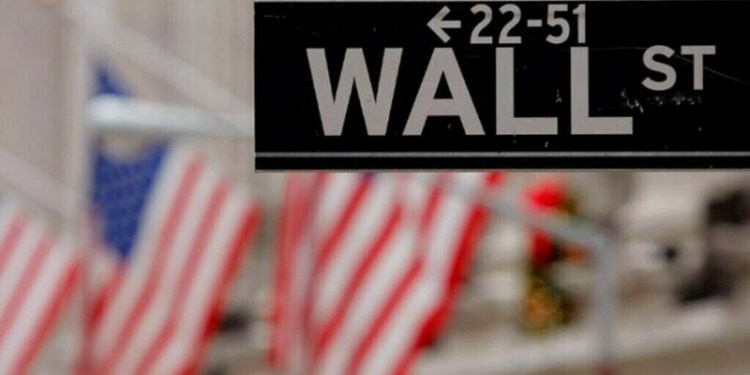 LONDON: World stocks steadied on Tuesday after their biggest jump in almost six-months on US tax cut hopes had added to what is already one of the strongest and longest global bull runs on record.
LONDON: World stocks steadied on Tuesday after their biggest jump in almost six-months on US tax cut hopes had added to what is already one of the strongest and longest global bull runs on record.
South Africa’s rand also took a rest after the ANC leadership win for the market’s preferred candidate triggered its biggest surge since the volatile days of 2008, while the dollar remained a no show despite Wall Street’s latest record highs.
Futures markets were pointing to the S&P 500 and Dow Jones both nosing ahead later with US Congress set to vote on long awaited tax cuts and reforms and with the bill likely be signed into law by the end of the week.
Traders were still being peppered by upbeat data too.
The World Bank raised its China growth forecast overnight, Switzerland pushed up 2018 projections and business confidence remained robust in Germany, albeit with some caution about its struggle to form a coalition government.
Britain’s FTSE and Spain IBEX both edged 0.1-0.2 percent higher and though the DAX and France’s CAC wobbled backwards, the euro and the pound both made some ground in the FX market.
“The dollar is not excited about tax reform,” said Saxo Bank’s head of FX strategy John Hardy.
“It could just be year-end effects but maybe people are just weighing the negatives. Maybe it won’t boost growth that much… and maybe it is going to blow a hole in the fiscal deficit.”
For stocks though, the changes would cut US corporate tax rates to 21 percent from 35 percent, which investors are betting will boost profits as well as trigger share buybacks and higher dividend payouts.
Wall Street’s latest record – there have now been 70 this year on the Dow – had been followed by most of Asia’s main bourse with the notable exception of its biggest – Japan’s Nikkei – which was dragged back by a stronger yen.
Australian shares added 0.55 percent, Hong Kong’s Hang Seng rose 0.8 percent and Shanghai lifted 0.6 percent though to keep the region upbeat.
“The rising trend in broader equities led by the US markets looks to continue for a while,” said Masahiro Ichikawa, senior strategist at Sumitomo Mitsui Asset Management in Tokyo.
The dollar index against a basket of six major currencies was down 0.15 percent at 93.557 after losing 0.25 percent overnight as the questions about the overall economic impact of the tax overhaul remained.
Moreover, while Federal Reserve policymakers expect the US economy to get a short-term lift from the moves, they think growth will then ease back to about two percent by 2020 and not rise to three percent as Donald Trump’s administration predicts.
Benchmark US government bond yields, which tend to drive global borrowing costs, were hovering around the sticky 2.4 percent level again. There was little sign of Catalonia’s regional election on Thursday meanwhile causing much bother in Europe.
RAMAPHOSA RALLY
South Africa’s rand retained a bulk of its gains after rallying on South African Deputy President Cyril Ramaphosa’s election as the new leader of the ruling African National Congress (ANC) party.
The currency soared to a nine-month high of 12.52 rand per dollar overnight on hopes Ramaphosa’s appointment would pave the way for crucial structural reforms in Africa’s most industrialised economy.
It last traded back a bit at 12.75 but South Africa’s banking index, another key barometer of sentiment, jumped over seven percent, its best one-day performance in two years.
“Ramaphosa favours orthodox policies that might signal a turnaround to the future economic development of the country following a number of very disappointing years,” Daniel Moreno, head of emerging market debt at Mirabaud Asset Management said.
Global volatility gauges were back at ultra-low levels again though in commodities markets the picture was a little more mixed.
Industry-attuned copper and nickel prices fell for the first time in four days, while precious and safe-haven metal gold was up for a third-straight day for the first time since October at just over $1,264 an ounce.
Source: Brecorder.com

























